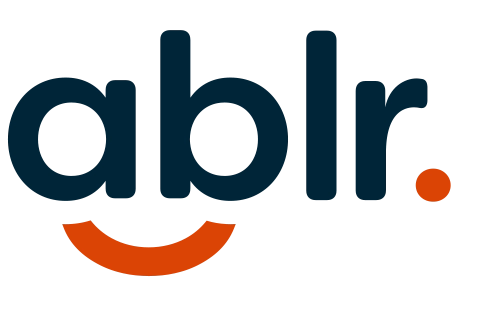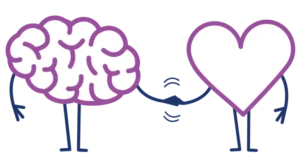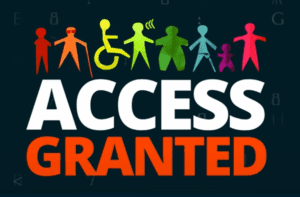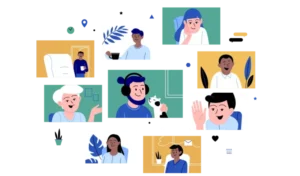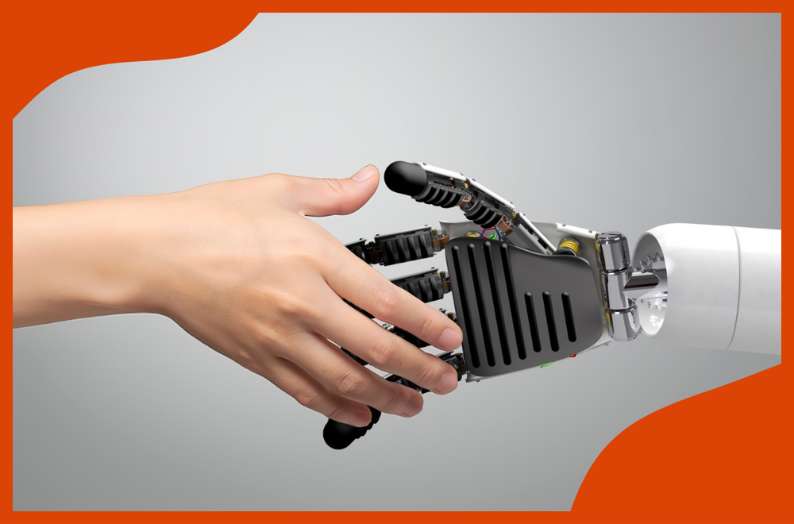Artificial intelligence is showing up everywhere, from the apps on your phone to the glasses on your face. And for people who are blind or low vision, AI has the potential to be a game-changer. Tools like voice assistants, image recognition, and even AI-powered smart glasses are opening new doors to independence. But as many of us know firsthand, these tools aren’t perfect. They can be helpful, frustrating, empowering, or just plain confusing—sometimes all in the same day.
Let’s talk about what AI is doing well, where it still falls short, and how to get the most out of it as someone navigating life with sight loss.
What AI Gets Right
Some of the most practical AI tools today are already making everyday life easier.
- Voice assistants: Tools like Alexa, Siri, and Google Assistant help with hands-free control of smart home devices, setting reminders, checking the weather, or finding quick answers.
- Image recognition apps: Especially those with AI-powered descriptions, these apps can now identify food labels, documents, and even describe your surroundings with surprising detail. Tools like Be My Eyes (with its new AI feature) and Seeing AI can tell you what’s on your plate, which can of soup you’re holding, or what your cat is doing on the rug.
- Generative AI platforms: Tools like ChatGPT can help explain complex topics, generate study aids, and even offer personalized guidance for using screen readers or learning new tech.
- AI for education: For students, AI can be a helpful study companion. It can summarize material, explain difficult concepts, and even read math content in formats compatible with braille displays.
In the best cases, these tools can save time, reduce reliance on others, and create more space for independence. For many of us, that’s life-changing.
Where AI Still Falls Short
Despite the tremendous amount of progress, today’s AI tools come with their share of friction points.
- Inconsistent accuracy: AI can misread information or provide incorrect answers. If you’re relying on it to complete a task or explain something new, that can be more of a setback than a help—especially in school or work settings.
- Unwanted censorship: Some tools automatically block certain types of content or avoid answering questions they deem sensitive. That can feel infantilizing, especially when all you want is a literal description or factual answer.
- Overhyped hardware: Devices like smart glasses often come with a hefty price tag but don’t always deliver a better experience than a phone app. While hands-free access is a plus for some, it’s important to evaluate these tools based on their real, current features—not future promises.
- Privacy concerns: Uploading images or using camera-based tools can raise questions about how your data is stored and used. Not everyone is comfortable with this level of tracking, and it’s okay to set your own boundaries.
- Limited familiarity and training: Although AI tools are becoming more accessible, many people in the blind and low vision community are still unfamiliar with how to use them effectively. The tech is moving fast, but formal training and support haven’t always kept up. For someone without access to tutorials, peer networks, or assistive tech experts, that steep learning curve can make it hard to get started or stay current.
- Disruption of trusted tools: Another complexity is how AI is being integrated into traditional assistive technology—like screen readers, magnification software, and braille displays. In some cases, this makes these tools even more powerful. In others, it introduces friction and disrupts workflows that users already rely on. Integration needs to be thoughtful and user-informed to be truly effective.
Why Representation in Development Matters
The tools themselves aren’t the only thing that needs improvement—so does the process behind them.
- Lack of inclusion in usability testing: Blind and low vision users are often underrepresented in the research and design phases of AI development. This can lead to tools that sound good in theory but don’t work well in real-world scenarios. More inclusive testing—especially in beta programs and pilot studies—could lead to smarter, more relevant designs.
- Limited community engagement: Even when opportunities exist to give feedback, many in the community aren’t aware of them, or don’t feel like their input is taken seriously. Whether it’s a lack of trust, communication barriers, or accessibility issues, this disconnect makes it harder to shape tools that truly meet our needs.
We need more people with lived experience helping shape the direction of AI—not just as users, but as co-creators. The more perspectives that are included from the start, the better the outcomes will be for everyone.
Tips for Using AI Tools Confidently
If you’re curious about exploring AI—or you’re already using it and want to get more out of it—here are a few tips from those of us who’ve been navigating this space:
- Start with free apps: Many of the most reliable tools, like Seeing AI and Be My Eyes, are free and accessible. They can often do what high-end devices claim to do, without the financial commitment.
- Get specific with prompts: The more clearly you ask a question or describe a task, the better results you’ll get, especially when using generative AI tools.
- Don’t buy on hype alone: If you’re considering smart glasses or wearables, try them out first if you can. Ask detailed questions, check return policies, and read reviews from people who use them for similar tasks.
- Use AI as a supplement, not a substitute: Whether you’re studying, reading, navigating, or just asking a question, AI can be helpful, but it’s not foolproof. If you’re unsure, double-check with a human or a trusted tool.
- Look for community-led resources: Seek out tutorials, forums, or training events run by blind and low vision users. Sometimes the best advice comes from people who have already been where you’re headed.
The Future of AI Looks Promising
There’s a lot to be excited about when it comes to AI and accessibility. New features are rolling out faster than ever, and developers are beginning to prioritize inclusive design.
But real progress means more than just launching shiny new tools. It means investing in education and training. It means listening to the disability community at every stage of development. And it means making AI affordable, accurate, respectful of privacy, and responsive to real-world needs.
We need collaboration between developers, assistive tech experts, and everyday users. That’s how we’ll build tools that don’t just exist—but actually work.
For now, it’s okay to be both amazed and annoyed. AI doesn’t have to be perfect to be beneficial—it just has to meet you where you are, help you do what matters, and keep getting better.
We’re hopeful, and we’re watching closely. And we’ll keep sharing what’s working (and what isn’t) along the way.
We’re hopeful and we’re watching closely. And we’ll keep sharing what’s working (and what isn’t) along the way. Follow along on our blog for helpful tips, advice, resources, and stories that educate, inspire, and empower.
